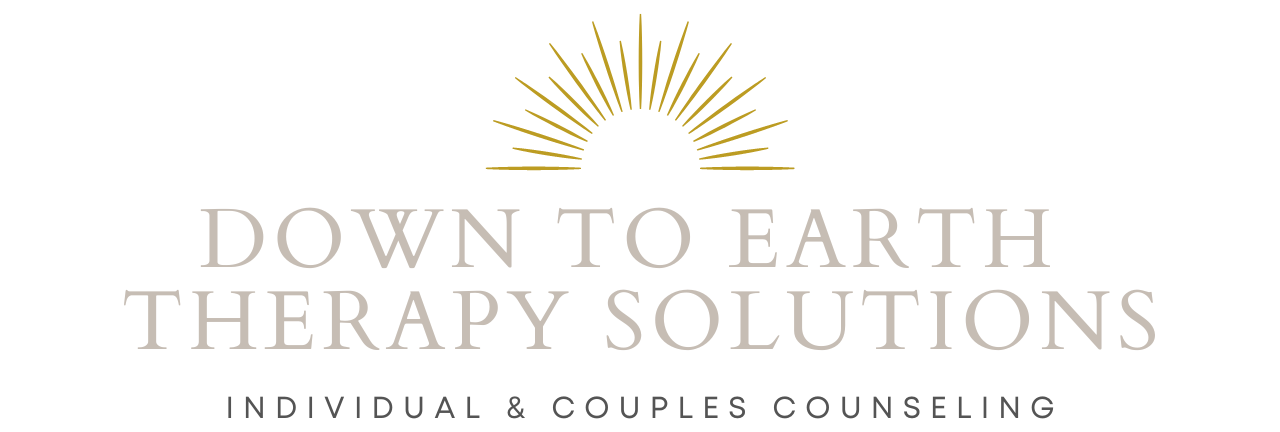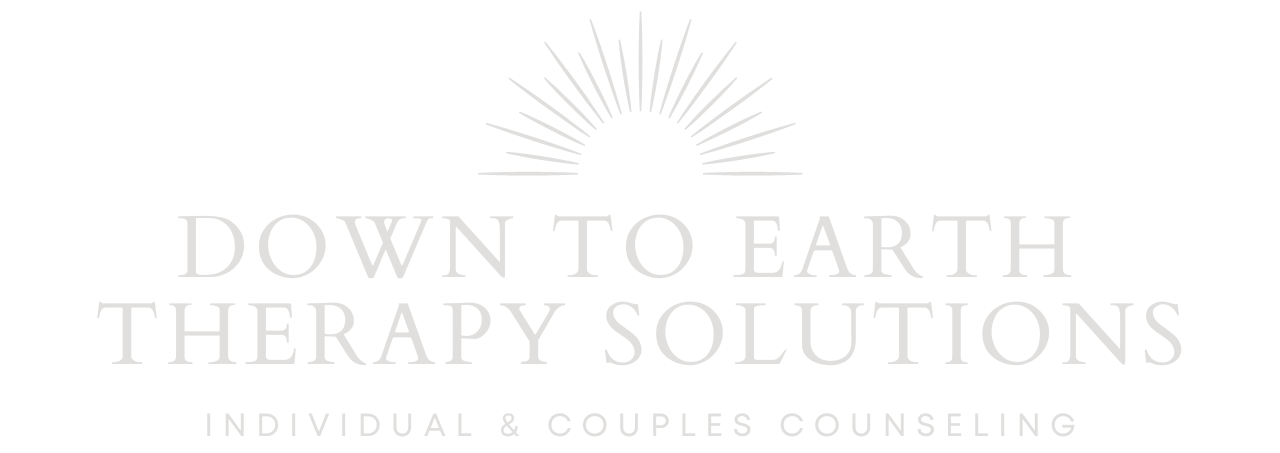Have you ever heard of the term “ghosting”? Maybe you’re hip to the game, but this one was new to me until I took a deeper dive. Ghosting is defined as when someone stops communicating with you without any explanation or warning. I thought about this for a moment and recognized that this is also spoken of in other terms: blocking, cutting out, unfriending, etc.
We’ve all been there before. Maybe it was a job interview where they said they liked you and would call you about the position—only to never contact you again. No matter how many messages or calls you make, it’s crickets.
It’s one thing to be ghosted by a potential employer, but what about being ghosted by someone you considered close?
Have you ever ghosted someone before? Although it might seem like an easy way out, it’s considered a passive-aggressive form of communication that rarely leads to true closure or growth.
None of these things are new; they just have a new coined term. But the real problem remains: struggling with communicating boundaries, expressing emotions, and managing discomfort. No one ghosts another person because it seems like a fun idea—especially since most of us, at one time or another, have been ghosted ourselves. It’s uncomfortable to be ghosted. Not knowing what happened, what you did, or even being given a chance to change or understand can be painful. The betrayal that comes with ghosting, along with the future fear of rejection, can lead to a spiral of missed connections with others.
On the other hand, the amount of hurt someone might experience to lead them to ghost another person is equally upsetting and emotionally draining. Choosing not to move forward and speak to someone you once considered close is like grieving someone who hasn’t died—they are still physically present, but they are “dead to you.”
Regardless of whether you are the one ghosting or being ghosted, it leads to uncertainty and damaged relationships. It does not foster healthy boundaries. Ghosting is an “easy way” out of tough conversations and relationships that may have run their course.
We all have the right to exercise healthy boundaries and to disengage from relationships that are no longer healthy or fulfilling. But we also have an obligation—to ourselves and to others—to express our boundaries with words, not silence.
Instead of using avoidance to disengage, it’s important to find different ways to send a clear message.
First, consider why you are thinking about ghosting this person. Do you feel overwhelmed after interacting with them? Are your values no longer aligning? Are there more arguments than positive experiences?
Examining your own boundaries clearly is just as important as expressing them to others.
Second, have you actually attempted to express and enforce your boundary with this person?
It’s one thing if you’ve communicated your boundaries and feel unheard.
It’s another if the person never even knew it was a boundary in the first place.
For example, if you decide as an adult to abstain from drinking alcohol, but you don’t tell anyone and then ghost friends who invite you out for drinks, they may have no idea why you stopped talking to them.
However, if you have shared your new boundary and others continue to pressure you to drink or invite you to alcohol-centered events (like a wine tasting), it might be time to reconsider the parameters of those relationships.
Communicating your boundaries openly gives others knowledge of the situation and allows you to uphold your boundaries clearly. Remember: A boundary is yours to protect, not others’ responsibility to maintain.
When deciding to spend less time with someone, it’s important to work toward being kind, not cruel.
Yes, you may be feeling a whirlwind of emotions—hurt, fear, anger, sadness.
So is the other person.
Boundaries can be direct and informative without being cold or uncaring.
You don’t owe someone a long, drawn-out justification, but you and the other person both deserve appropriate closure.
Healthy disengagement can protect and support your mental health in powerful ways.
Here are a few ways someone can model healthy disengagement:
- “Hey, I’ve been thinking about our dynamic for a while, and I don’t think I have the capacity to continue interacting the way we have. I used to enjoy our time together, but I really haven’t recently, and I wanted to be honest about where I’m at.”
- “I’m feeling overwhelmed in multiple areas of my life right now, and I’ve decided to take a step back from some things—including some relationships. I appreciate the time we’ve spent together overall, but I need to focus on myself.”
- “I’m choosing to end our communication at this point. I feel this is necessary for my well-being, and I’d rather be clear and communicate what I’m doing.”
When we stop ghosting and start communicating, we show up for ourselves—and we model for others how we expect to be treated.
We foster clarity, reduce emotional harm, and build a culture of accountability and compassion.
Is this easy? No.
Is it necessary for peace of mind? Absolutely.
In the moment, you might feel uncomfortable, but long-term, you are creating self-respect and confidence.
And for the person on the receiving end—even if it stings—clarity is always kinder than confusion.
Let’s normalize saying, “I can’t continue this connection, but I respect you enough to tell you.”
Let’s replace disappearing acts with courageous communication.
Let’s honor our own needs—and others’ dignity—by choosing clear communication over silence.




